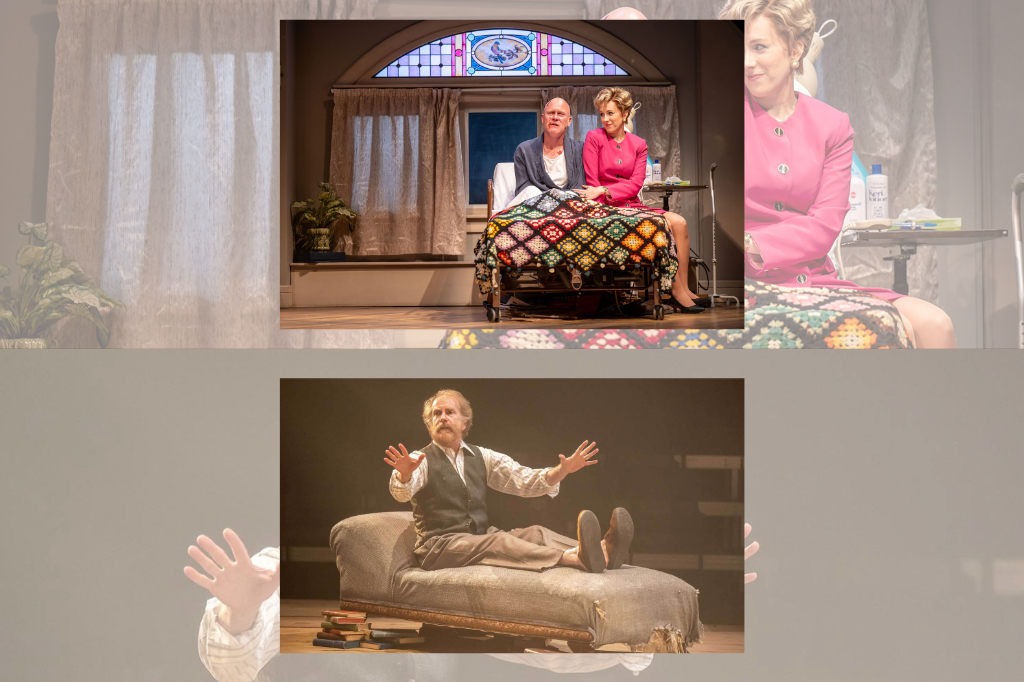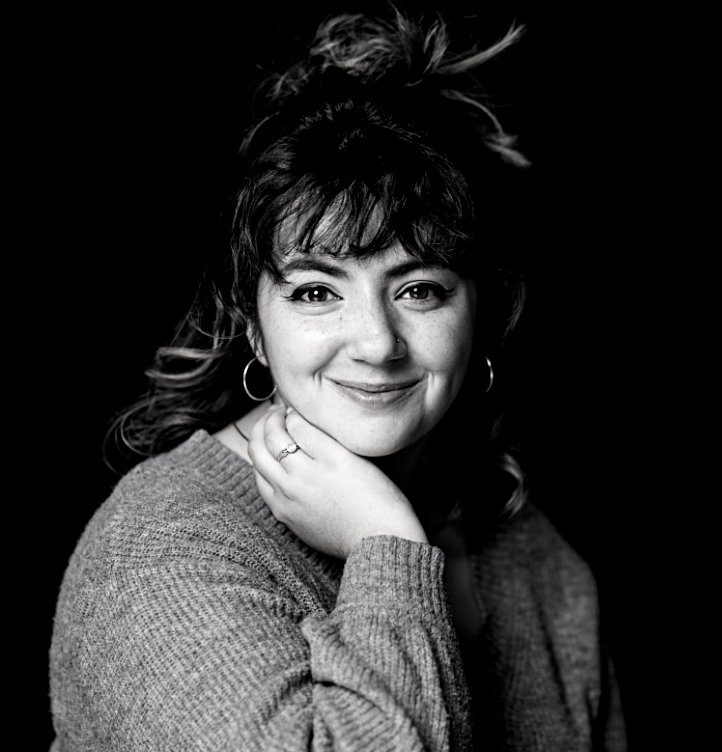What happens when plays move out-of-the-round?
God, I love successful Toronto theatre.
When a play I adored in its premiere gets picked up for a tour or re-mount, my heart gives a little flutter. Yes, I think. People have another chance to experience this work. I can bully my friends into seeing Casey and Diana and they can’t blame the commute to Stratford for not going.
There are two notable remounts happening in Toronto this winter, and both involve interesting journeys out-of-the-round into more traditional proscenium spaces. The Stratford Festival’s jaw-dropping Casey and Diana has moved into Soulpepper, and Crow’s Theatre’s ever-excellent Uncle Vanya just played a stint at Theatre Aquarius in Hamilton, with a run at Toronto’s CAA Theatre starting this week.
Before writing this piece and gallivanting across the GTA to see theatre I’d already seen, I cooked up a hypothesis: in-the-round productions, by their very nature, shouldn’t be squished into more traditional spaces. If it worked in-the-round, keep it that way, I told myself. Before attending 2024’s reprises of Uncle Vanya and Casey and Diana, I dreaded losing the versions of these shows lingering in my head, shows I’d reviewed effusively and thought of frequently in the intervening months. I didn’t want to be wrong.
As it turns out, good theatre’s not made good by its in-the-round-ness. It’s made good by the people doing the work, the folks draughting all the spatial possibilities of the worlds they’ve created.
That said, it’s no small thing to completely re-negotiate a theatrical set from four possible perspectives to one. In the case of Uncle Vanya, the in-the-round configuration at the Crow’s Guloien Theatre was a crucial part of the magic of the show — or so I thought when I first saw it in 2022. Julie Fox and Joshua Quinlan’s set imagined Chekhov’s decaying Russian estate under a nostalgic layer of dust, with lighting by Kimberly Purtell to pierce through tall windows and French doors. Fox and Quinlan’s set made use of every corner of the theatre, with trinkets and set pieces placed to add interest to otherwise unused portions of the space. It made the world feel lived-in, antiquated, and a little sad, as if these corners might otherwise be left to rot in the memories of their groundskeepers. (Director Chis Abraham might know what he’s doing, eh?)

When I made the journey to Hamilton to revisit this world (and gape at the never-not-astonishing depths of Tom Rooney’s acting), there was the estate I thought I’d known, flattened into a proscenium space.
It didn’t matter.
Fox and Quinlan’s set dazzles as brightly in a large space as it did in a tighter one — maybe even more so, as the whole audience can take in the whole of the set, not just one angle of it as they might have in Vanya’s world premiere last season. Hamilton audiences got an extra treat: playwright Liisa Repo-Martell beautifully stepped in for the role of Sonya, which alone was worth the journey west. But that set, blown up to accommodate the grandness of Theatre Aquarius, really was something, a gorgeous surprise for Vanya veterans like me and newbies alike.
Toronto audiences need not fear that the Vanya of their memories is any less intimate or approachable when moved into the kingdom of Mirvish; Repo-Martell’s script in the mouths of these actors could hit home on a Toronto street corner, never mind on a set thoughtfully re-jigged from four dimensions to one.
So it goes with Casey and Diana.
Nick Green’s script under Andrew Kushnir’s directorial care wrecked me at the 2023 Stratford Festival. Staged in the small Studio Theatre in a criminally short run, the play made use of the space’s intimacy to drive a stake into the hearts of its audience. In the Stratford run, I marvelled at how this was the first show I’d experienced whose musical underscoring anticipated sniffles and sobs — it was as if we, the audience, were part of the soundscape of Casey House.
That effect’s still there at Soulpepper. Perhaps even more so, as the theatre can accommodate more people — the chorus of criers is louder now.

Quinlan’s once again the culprit behind the efficacy of this move from thrust to proscenium. He’s made use of side doors to capture the effect of the under-the-audience tunnels (also known as vomitoria) at Stratford. It’s a different effect, yes; you don’t watch Thomas (still played staggeringly well by Sean Arbuckle) maneuver around Casey House through tunnels under the audience. Instead, the actors use the aisles of Soulpepper, and the doorways implied by the edge of the set. Soulpepper wields a surprising intimacy despite its lofty ceilings and sharp edges — perhaps due to the lack of a literal proscenium surrounding the playing space — and Green’s play feels no less immediate now than it did in the close proximity of Stratford’s Studio Theatre.
A friend texted me after I saw Casey and Diana (read: while I was bawling my eyes out), and asked how the change in set had affected the performance. She knew of my hypothesis.
“Who cares?,” I wrote back.
If you loved Casey and Diana or Uncle Vanya last year, you still will; if you’ve been trying to get a friend to see them in their re-mount, you still should; if you’re wondering if Toronto theatre is in good hands in terms of its set design, yep, it is. Uncle Vanya and Casey and Diana are two masterpieces of Canadian theatre, and that hasn’t been affected by moves to smaller or more traditional spaces. Don’t let a change in the scenery affect your decision to support the arts.
Casey and Diana runs at Soulpepper until February 11. Uncle Vanya runs at the CAA Theatre until February 25.
Intermission reviews are independent and unrelated to Intermission’s partnered content. Learn more about Intermission’s partnership model here.















Comments